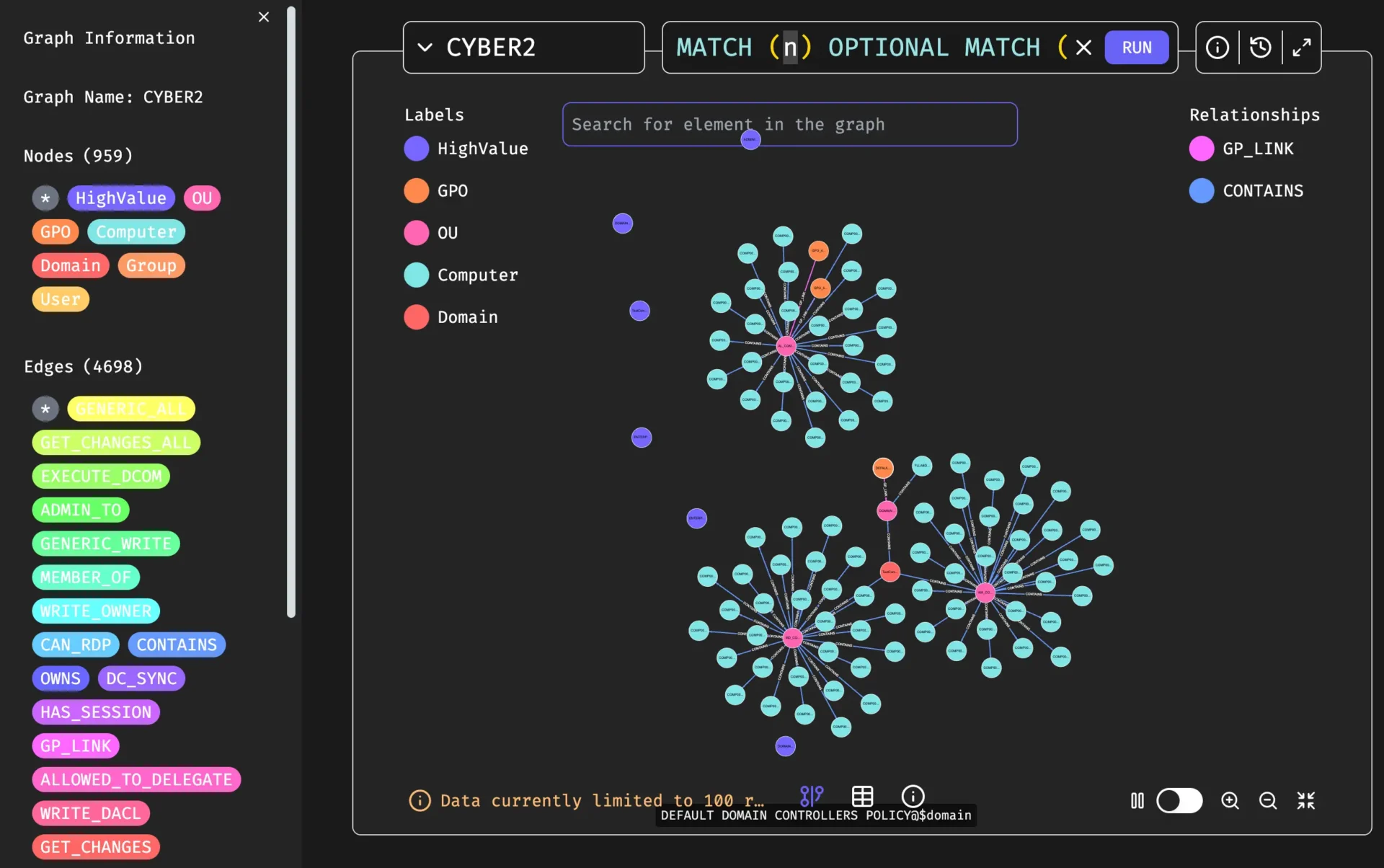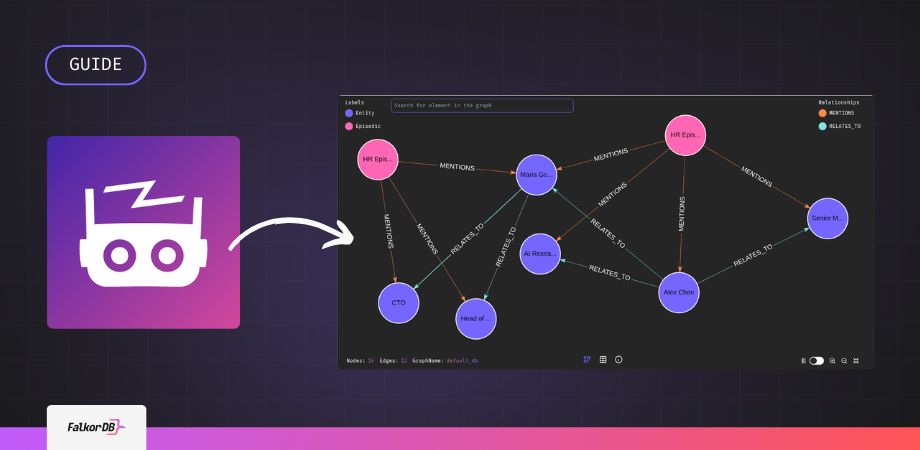
Available On All Major Platforms




10K+ MULTI-GRAPHS (TENANTS)
OPEN SOURCE
LINEAR SCALABILITY
ULTRA-LOW LATENCY
GRAPHRAG & AGENT MEMORY OPTIMIZED
CLOUD & ON-PREM
Purpose-built to Your Use Case
GraphRAG
Combine LLMs with domain-specific knowledge graphs to reduce hallucinations and enrich AI responses. Enable natural language queries, traceable retrieval logic, and hidden insight discovery for smarter decision-making and faster AI deployment.
-
✓Work with structured and unstructured data
-
✓Ontology auto-detection
-
✓Built-in agent orchestrator
Agentic AI
Combine graph traversal with vector search to create personalized Agentic AI applications. Connect user profiles, preferences, and activities to deliver accurate, explainable recommendations with near real-time adaptability to changing contexts.
-
✓Real-time applications
-
✓Rich context and memory
-
✓Chat history
Chatbots
Build context-aware chatbots by integrating knowledge graphs for entity extraction, fact linking, and relationship mapping. Enable real-time recommendations by correlating user behavior, product data, and session activity for dynamic responses.
-
✓Long-term memory context
-
✓Advanced RAG
-
✓Smooth user experice
Fraud Detection
Detect fraud rings by analyzing relationships between entities such as IPs, devices, and transactions. Use real-time graph analytics to uncover anomalies, track patterns across accounts, and adapt dynamically to evolving fraudulent behaviors.
-
✓Real-time detection
-
✓Claims fraud
-
✓Account fraud
Security Graph
Store security data in a flexible, schemaless form and query findings, vulnerabilities, assets and other entities in near/Real-Time manner. With FalkorDB's scalable infrastructure, cyber and cloud security vendors provide a multi-tenant SaaS or On-prem solution for threat surfacing and analytics.
-
✓Interconnected Groups
-
✓Explainability
-
✓Scalable structures
Compare FalkorDB Across Parameters That Matter.
LATENCY
(Lower is Better)
Superior Latency: 496x faster
MEMORY USAGE
(Lower is Better)
6x Better performance, Lower overall costs
Easily Migrate from Neo4j
Whether your aim is to optimize performance, reduce costs, or leverage FalkorDB’s advanced multi-tenancy features, our documentation will guide you through the steps to take in order to migrate effectively with minimal interruptions.
Join Our Community
Engage with our community on GitHub for feedback and collaboration opportunities. Our comprehensive documentation covers everything from basic setup to advanced configurations, ensuring a smooth integration with your existing data architecture.
Materials to Get You Started

Getting Started with Graphiti and FalkorDB: A Practical Guide
This post is a hands-on walkthrough for developers who want to get up and running with Graphiti and FalkorDB, fast.

VectorRAG vs GraphRAG: Technical Challenges in Enterprise Generative AI
A technical deep-dive comparing VectorRAG vs GraphRAG architectures across 10 critical engineering dimensions, helping AI architects make data-driven decisions for enterprise generative AI implementations.

Vector Database vs Graph Database: Key Technical Differences
Unstructured data is all the data that isn’t organized in a predefined format but is stored in its native form. Due to this lack of

Getting Started with Graphiti and FalkorDB: A Practical Guide
This post is a hands-on walkthrough for developers who want to get up and running with Graphiti and FalkorDB, fast.

VectorRAG vs GraphRAG: Technical Challenges in Enterprise Generative AI
A technical deep-dive comparing VectorRAG vs GraphRAG architectures across 10 critical engineering dimensions, helping AI architects make data-driven decisions for enterprise generative AI implementations.
Stop 'deCyphering' Which
Graph Database is Better.
FalkorDB represents the first queryable property graph database using sparse matrices for adjacency matrix representation and linear algebra for graph queries. It leverages AVX acceleration for performance optimization and eliminates complex batch processing requirements.
Frequently Asked Questions
Redis is a registered trademark of Redis Ltd. Any rights therein are reserved to Redis Ltd. Any use of ‘Redis’ on this website is for nominative fair use purposes only and does not imply any affiliation with or endorsement by Redis Ltd.










